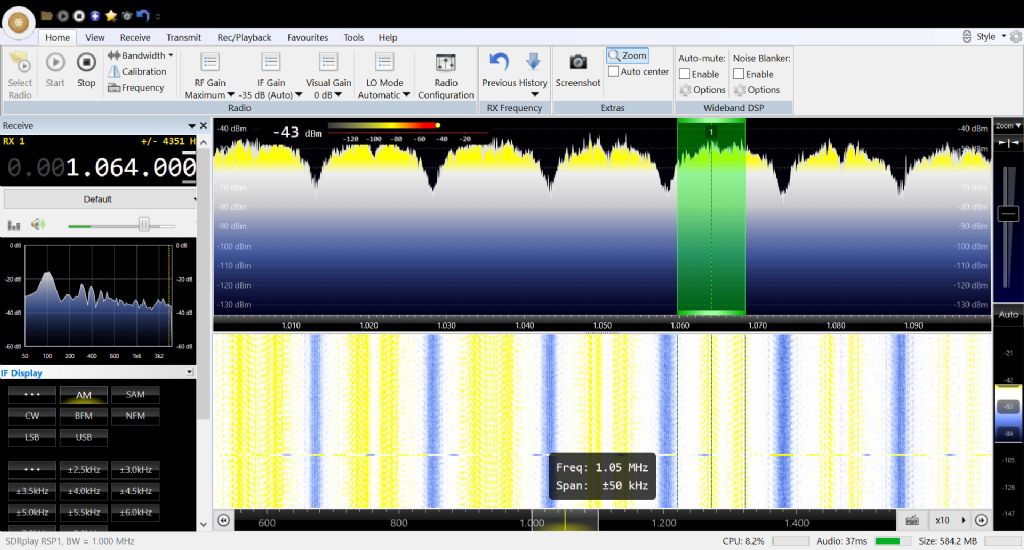Posted by Stuart Bridger on 20/06/2017 22:23:29:
Posted by Mike Poole on 20/06/2017 21:45:50:
You could let the scope float by disconnecting the earth, to indicate the earth was disconnected we used to have a long earth and pull it out of the plug top so you could see it, I had a nice shock one day when I had the bare croc clip in my hand and leaned on the chequer plate platform round the machine, the earth cable in the plug top had been left long enough to touch the live pin of the 13amp top in the days before pins were shrouded to protect small fingers so the scope was live. A pretty dodgy setup at the best of times but it works, sooner or later it will bite you though. My boots must have been good insulators as I didn't even get a tingle until I was earthed. Why is an electric shock so hilarious for everyone but the victim? although I was on the receiving end that time I still can't help laughing when it's someone else.
Mike
When I worked in an electronic repair shop, one of my colleagues used this trick. A certain piece of kit had a logic board where for some reason the signal ground was floating at I think about 350V DC. Highly unsafe, but apparently the only way to troubleshoot. Everyone kept well clear when he was working in this way.
Edited By Stuart Bridger on 20/06/2017 22:25:56
When I used to work in SMPS power supply etc development we obviously had to work on live equipment with scopes, power analysers etc. Scopes aren't designed to be "grounded" to live mains, as the user interface (knobs, buttons, display etc) and exposed metalwork are intended to be grounded. We would use isolation transformers to make the AC side somewhat safer in case of touching and generally would use voltage and current isolation probes like the ones Andrew mentioned to investigate high impedence circuits.
In some cases it would be possible to connect the scopes directly to the (largely floating) high voltage circuit, with a 100k resistor between true ground and the scope signal ground. But due to the stray capacitance, measurements made like this tend to be distorted and potentially inaccurate. It would also be done by experienced, well trained engineers. It's certainly not "the only way" and a failure to use safe instrumentation could land someone in serious legal trouble.
Murray
SillyOldDuffer.





